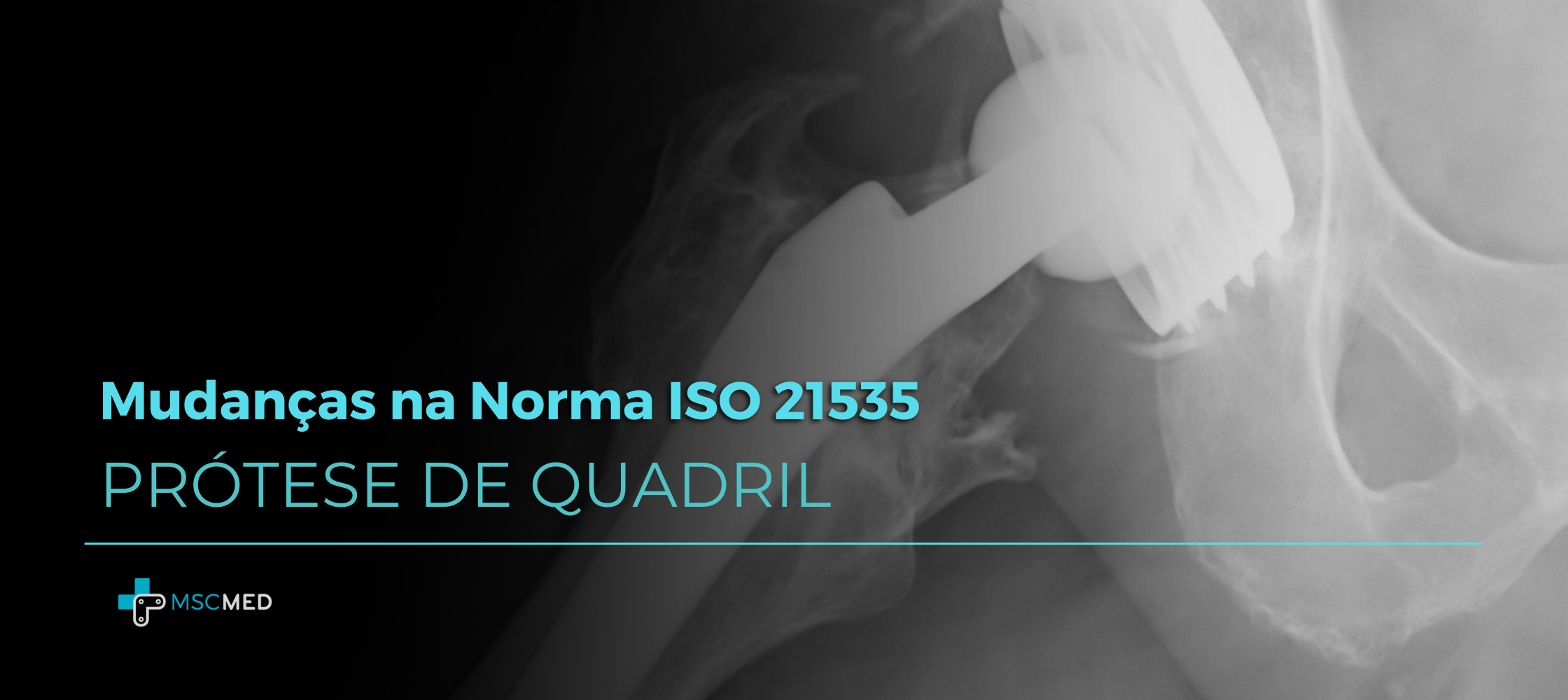A new version of the ISO 21535 standard on implants for hip replacement has been published, with major changes. We are anticipating a major impact, including the potential need to carry out tests that were not mandatory before, such as:
- Acetabular Component Fatigue Test
- Wear test with prior aging of polyethylene
- Wear test with poor positioning
- Foreign body wear test
- Wear test with rough femoral head
- Friction torque test
The way in which test results are evaluated has also changed, as the standard now prioritizes the choice of acceptance criteria:
#1 side-by-side test (implants are tested in parallel under identical conditions);
#2 comparison of the results of tests carried out on the implant under evaluation with the results of tests previously carried out on a reference implant.
#2 comparison of the results of tests carried out on the implant under evaluation with the results of tests previously carried out on a reference implant.
Attention! The same criteria are already being applied in the ISO 21536 standard for knee prostheses and later this year the ISO 14630 standard – which covers any and all surgical implants – should adopt the same logical scheme. Therefore, only after carrying out at least one of the comparisons mentioned above, the safety and performance of the implant can still be demonstrated through:
- Biomechanical reasoning, which includes an in-depth analysis of in vivo loads and relevant physiological conditions and justifies the test conditions and results obtained, with a justified safety factor, or
- A pre-market clinical investigation,
or both.
Speak to one of our specialists, answer your questions and ensure your product’s compliance with up-to-date standards.
How useful was this post?
Click on a star to rate it!
Average rating 0 / 5. Vote count: 0
No votes so far! Be the first to rate this post.





